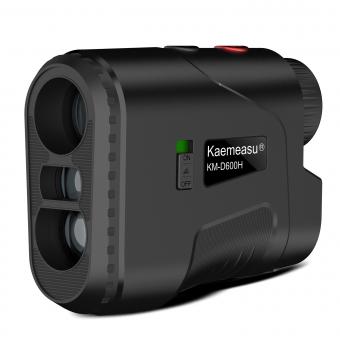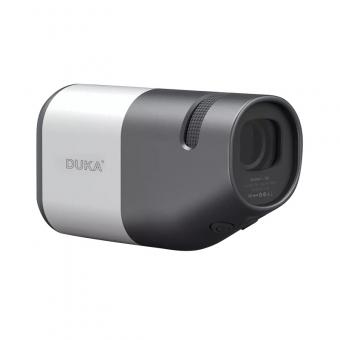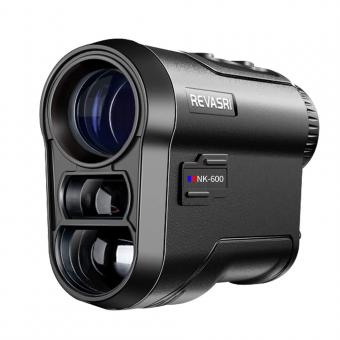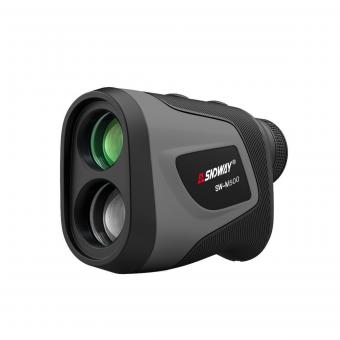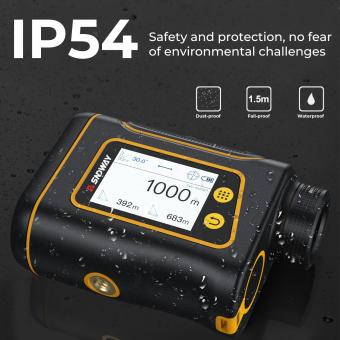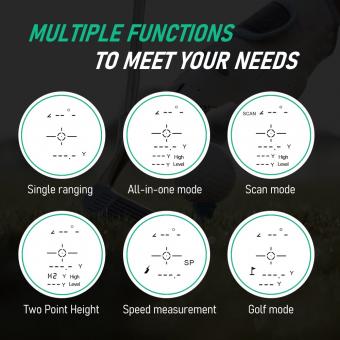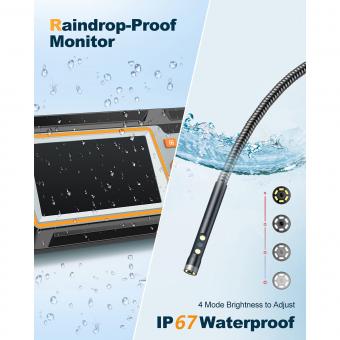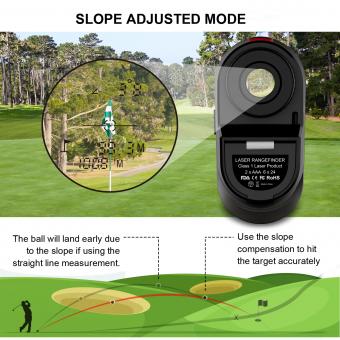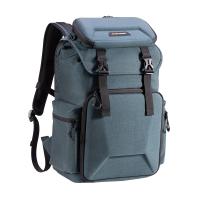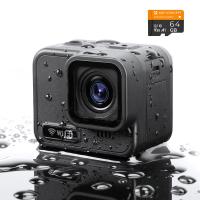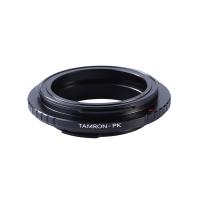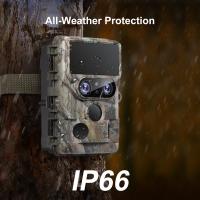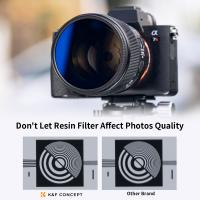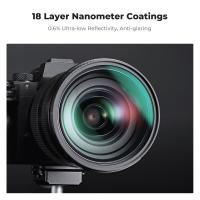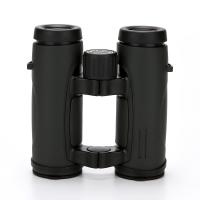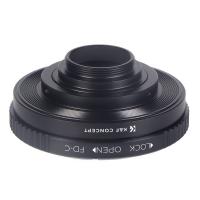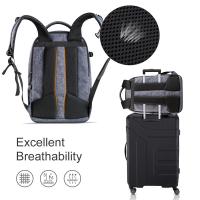How To Use A Manual Golf Rangefinder ?
To use a manual golf rangefinder, follow these steps:
1. Look through the viewfinder and aim at the flagstick or target.
2. Adjust the focus until the flagstick or target is clear.
3. Use the scale on the viewfinder to determine the distance to the flagstick or target.
4. Take note of the distance and use it to select the appropriate club for your shot.
It's important to note that manual golf rangefinders require a steady hand and a clear view of the target. They may also be less accurate than electronic rangefinders, especially over longer distances. However, they are often more affordable and do not require batteries or charging.
1、 Understanding the basics of a manual golf rangefinder
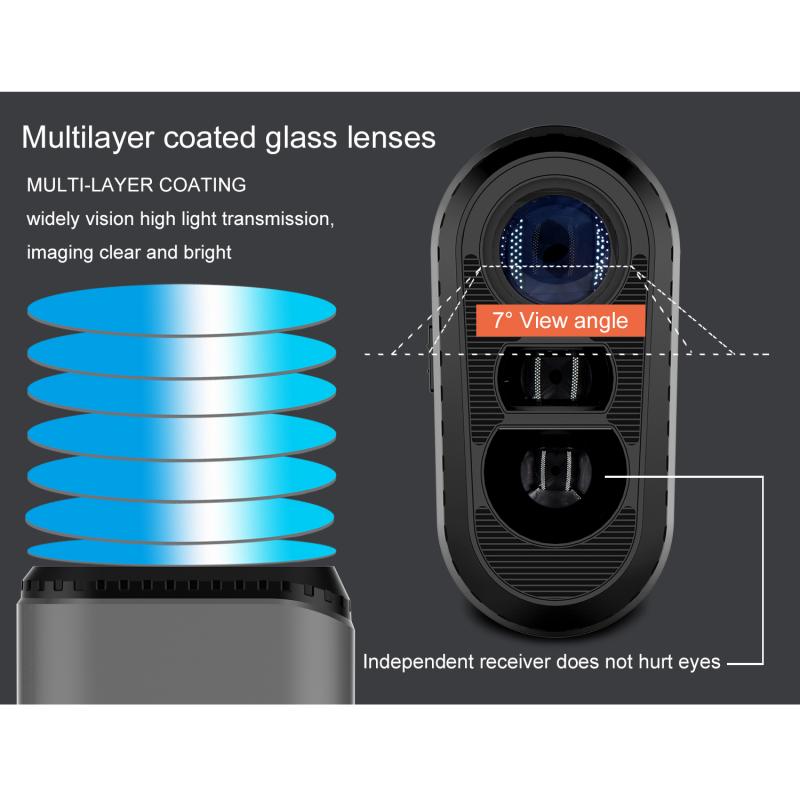
Understanding the basics of a manual golf rangefinder is essential for any golfer who wants to improve their game. A manual golf rangefinder is a device that helps golfers determine the distance between themselves and the flagstick. It is a simple device that does not require any batteries or electronic components. Instead, it relies on the user's ability to aim and focus the device.
To use a manual golf rangefinder, start by looking through the viewfinder and aligning the device with the flagstick. Once you have the flagstick in your sights, adjust the focus until the flagstick is clear and sharp. Then, read the distance measurement on the device. Some manual golf rangefinders have a scale that you can use to estimate the distance, while others have a digital display.
It is important to note that manual golf rangefinders require a steady hand and a good eye. They are not as accurate as electronic rangefinders, but they are still a useful tool for golfers who want to improve their game. Additionally, manual golf rangefinders are often less expensive than electronic rangefinders, making them a great option for golfers on a budget.
In conclusion, understanding the basics of a manual golf rangefinder is essential for any golfer who wants to improve their game. While they may not be as accurate as electronic rangefinders, they are still a useful tool for golfers who want to improve their distance estimation skills. With practice and patience, any golfer can learn to use a manual golf rangefinder effectively.
2、 Identifying the target and measuring the distance
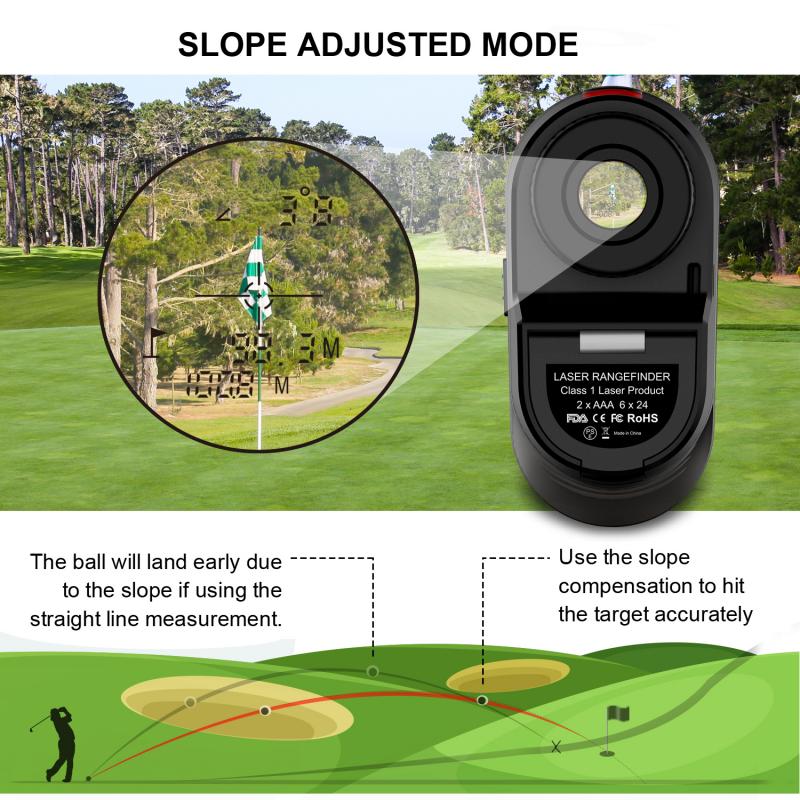
Using a manual golf rangefinder is a simple process that can greatly improve your game. The first step is to identify the target you want to measure the distance to. This can be a flagstick, a tree, or any other object on the course that you want to hit towards. Once you have identified your target, you can begin to measure the distance.
To measure the distance, look through the viewfinder of the rangefinder and align the crosshairs with your target. Then, press the button on the rangefinder to activate the laser. The rangefinder will emit a laser beam that will bounce off the target and return to the rangefinder. The rangefinder will then display the distance to the target on the screen.
It is important to note that manual golf rangefinders require steady hands and a clear view of the target. If you are using a rangefinder with a shaky hand or in low light conditions, you may not get an accurate reading. Additionally, some rangefinders may have a limited range, so be sure to check the specifications before purchasing.
In recent years, there has been a rise in the use of electronic golf rangefinders that use GPS technology to measure distances. These devices can provide more accurate readings and can also provide additional information such as course maps and hazards. However, manual golf rangefinders remain a popular choice for many golfers due to their simplicity and affordability.
In conclusion, using a manual golf rangefinder involves identifying the target and measuring the distance. While electronic rangefinders may offer more features, manual rangefinders remain a reliable and cost-effective option for golfers looking to improve their game.
3、 Adjusting for slope and elevation changes
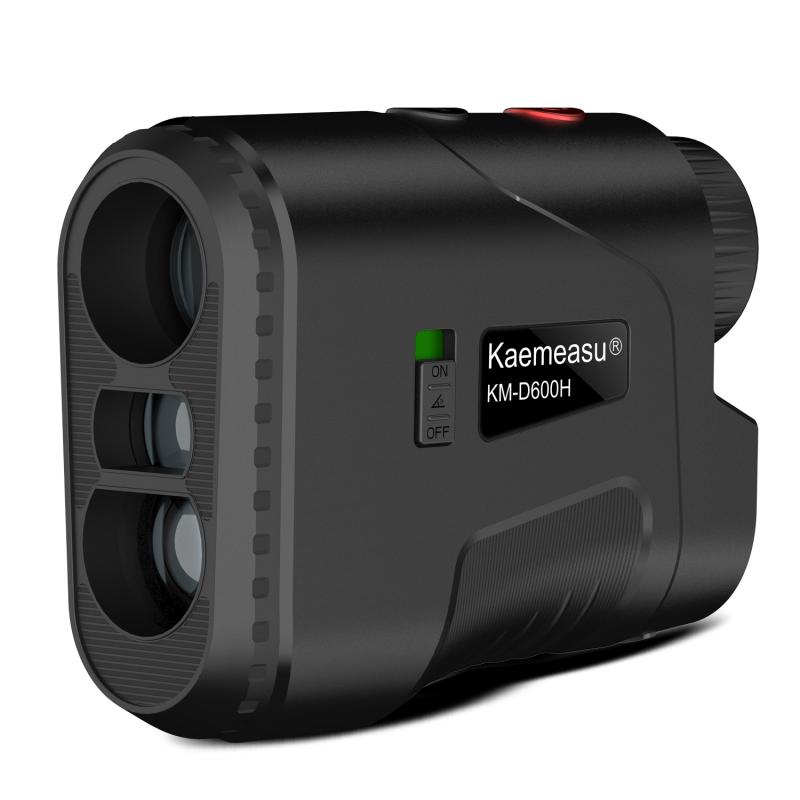
How to use a manual golf rangefinder:
1. First, locate your target. This can be a flagstick, tree, or any other object that you want to measure the distance to.
2. Look through the viewfinder of the rangefinder and aim it at your target. Make sure that the object you are aiming at is in the center of the viewfinder.
3. Press the button on the rangefinder to activate the laser. The rangefinder will emit a laser beam that will bounce off the target and return to the rangefinder.
4. The rangefinder will then display the distance to the target on the screen. Take note of this distance and use it to select the appropriate club for your shot.
Adjusting for slope and elevation changes:
Some manual golf rangefinders come with a feature that allows you to adjust for slope and elevation changes. This is important because it can affect the distance that you need to hit the ball.
To use this feature, you will need to look for a button or switch on the rangefinder that allows you to switch between slope mode and regular mode.
When you are in slope mode, the rangefinder will take into account the angle of the slope and adjust the distance accordingly. This will give you a more accurate distance to the target.
It is important to note that some golf courses do not allow the use of rangefinders with slope mode during tournaments. Always check with the course rules before using this feature.
In conclusion, using a manual golf rangefinder is a simple and effective way to measure the distance to your target. Adjusting for slope and elevation changes can give you a more accurate distance and help you select the appropriate club for your shot.
4、 Accounting for weather conditions
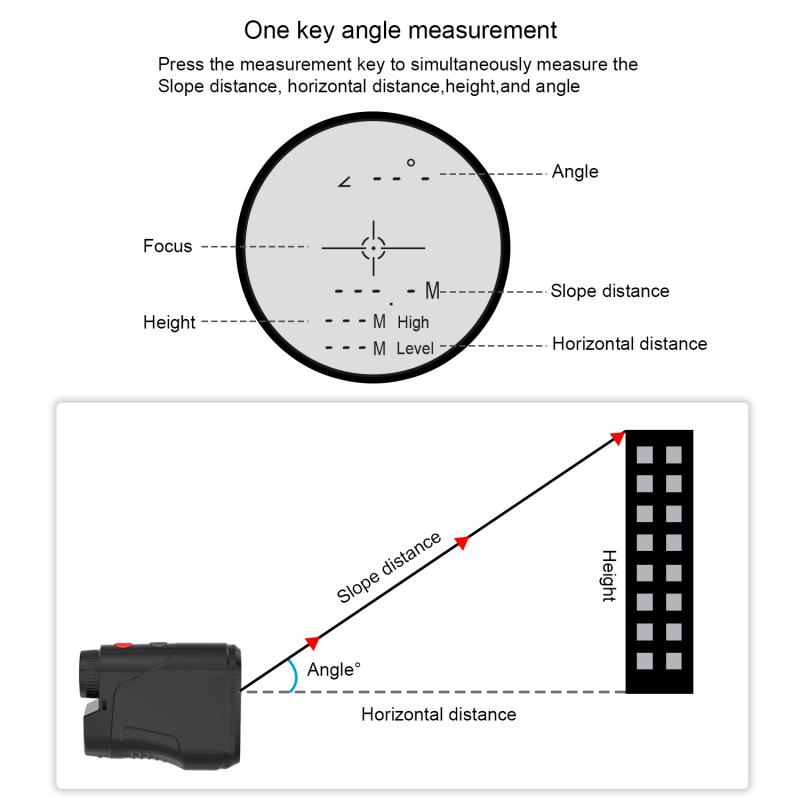
How to use a manual golf rangefinder:
1. First, locate your target. This can be a flagstick, tree, or any other object that you want to measure the distance to.
2. Look through the viewfinder of the rangefinder and aim it at your target. Adjust the focus if necessary.
3. Press the button on the rangefinder to activate the laser. The rangefinder will emit a laser beam that will bounce off the target and return to the rangefinder.
4. The rangefinder will display the distance to the target on the screen. Take note of this distance and use it to select the appropriate club for your shot.
5. Repeat this process for each shot to ensure that you are selecting the right club for the distance.
Accounting for weather conditions:
When using a rangefinder, it is important to take into account the weather conditions. Wind, temperature, and humidity can all affect the distance that your ball will travel. For example, a headwind will cause your ball to travel a shorter distance, while a tailwind will cause it to travel farther.
To account for these conditions, you can use a golf ball flight calculator or adjust your club selection accordingly. You may also want to consider using a rangefinder that has a slope feature, which takes into account the angle of the slope and adjusts the distance accordingly.
It is important to note that the USGA has rules regarding the use of rangefinders with slope features in competition. Be sure to check the rules before using a rangefinder in a tournament.
In conclusion, using a manual golf rangefinder is a great way to improve your accuracy on the course. By accounting for weather conditions, you can ensure that you are selecting the right club for each shot and making the most of your rangefinder.

